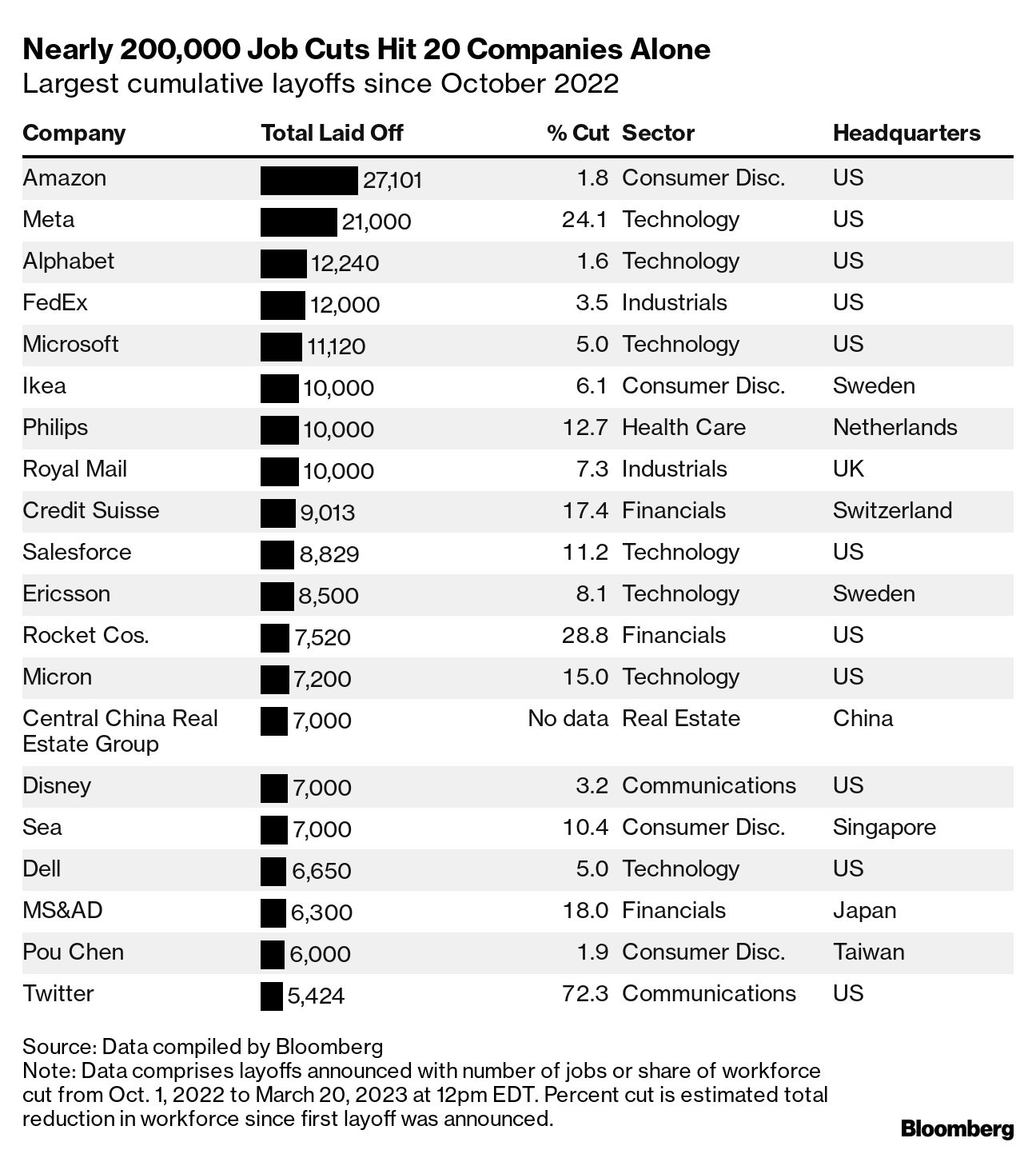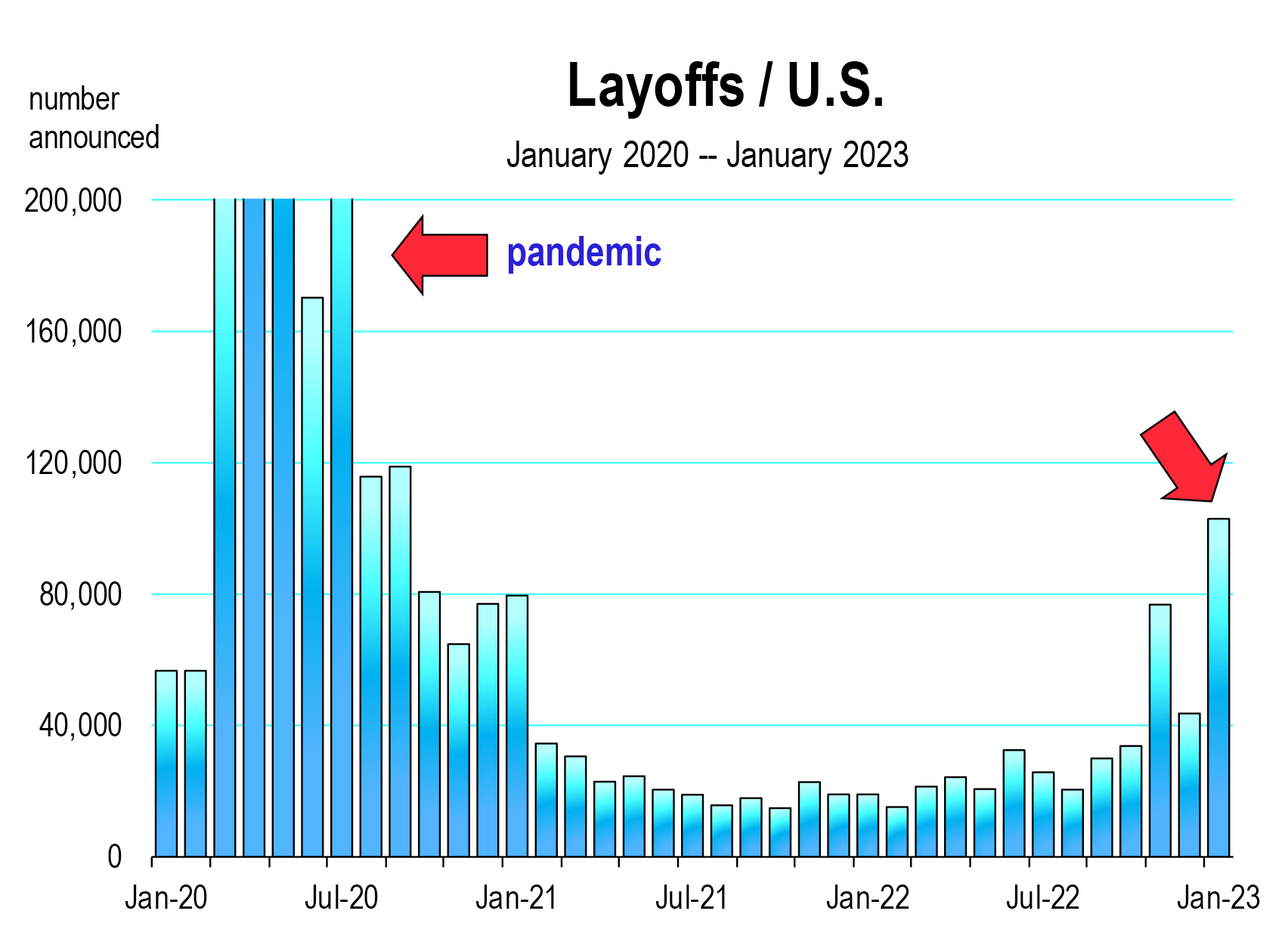Farmers Layoffs 2024: What's Really Happening In The Agricultural Sector?
So here's the deal—2024 is shaping up to be a pivotal year for the agricultural industry, but not in the way farmers hoped for. Across the board, we're seeing a wave of layoffs hitting rural communities, and it’s got everyone talking. If you're in the farming world or know someone who is, you're probably wondering what's going on and how this is gonna play out. This isn’t just about numbers; it’s about livelihoods, families, and the backbone of our food system. So buckle up because we’re diving deep into the farmers layoffs of 2024.
Now, before we get into the nitty-gritty, let’s set the stage. Agriculture has always been a tough gig. From unpredictable weather to fluctuating crop prices, farmers have faced their fair share of challenges. But in 2024, things are taking a turn for the worse. The layoffs we’re seeing aren’t just random; they’re part of a larger trend that’s been brewing for years. Stick around, and we’ll break it all down for you.
Why does this matter? Because farmers aren’t just producing food—they’re maintaining the very fabric of our society. When layoffs hit, it’s not just about losing a job; it’s about losing a way of life. And that’s what we’re gonna explore today. So, whether you’re a farmer, an agribusiness professional, or just someone who cares about where their food comes from, this is the article for you.
- Faktencheck Was Steckt Hinter Den Tom Hanks Anschuldigungen Jetzt Mehr
- Aisling Franciosi Der Aufstieg Eines Stars Was Macht Sie So Besonders
What Are Farmers Layoffs 2024 All About?
Alright, let’s cut to the chase. Farmers layoffs in 2024 aren’t just a one-off thing. They’re the result of a perfect storm of economic, environmental, and technological factors. Think about it—farmers are facing rising input costs, falling commodity prices, and increasing competition from larger agribusinesses. On top of that, the push for automation and tech-driven farming is leaving smaller operations in the dust.
But here’s the kicker: these layoffs aren’t just affecting farmers. They’re rippling through entire communities. Small towns that rely on agriculture as their main source of income are feeling the pinch. Grocery stores, equipment dealers, and local businesses are all taking a hit. It’s like a domino effect, and it’s not pretty.
Key Drivers Behind the Layoffs
Let’s break it down. What’s really driving these layoffs? Well, there are a few key factors at play:
- Skirby Dog Video Was Wirklich Geschah Der Skandal Erklrt
- Entdecke Bollywood Ein Umfassender Guide Jahr Trends Amp Legale Wege
- Economic Pressures: The cost of seeds, fertilizers, and fuel has skyrocketed, making it harder for farmers to turn a profit.
- Market Instability: Global trade disputes and fluctuating demand are making it tough for farmers to predict their income.
- Climate Change: Extreme weather events are becoming more frequent, damaging crops and reducing yields.
- Technological Shifts: Automation and AI are changing the way farming is done, leaving some traditional roles obsolete.
These factors combined are creating a perfect storm that’s hitting farmers hard. And the worst part? There’s no quick fix. This is a systemic issue that’s gonna take time and effort to address.
Impact on Rural Communities
Now, let’s talk about the real-world impact. When farmers lose their jobs, it’s not just them who suffer. Entire communities feel the pain. Schools see declining enrollment, local businesses struggle to stay afloat, and social services are stretched thin. It’s like a snowball effect that keeps getting bigger.
And don’t even get me started on the mental health implications. Farmers are known for their resilience, but even the toughest among them are feeling the strain. The stress of losing a farm or being laid off can lead to anxiety, depression, and even thoughts of self-harm. It’s a serious issue that needs to be addressed.
Statistics That Tell the Story
Here’s where the numbers come in. According to a recent report by the USDA, nearly 15% of small farms in the U.S. are at risk of closure by the end of 2024. That’s a staggering statistic when you consider how many families depend on farming for their livelihood. And it’s not just in the U.S.—similar trends are being seen in Canada, Australia, and parts of Europe.
But wait, there’s more. A study by the Farm Bureau found that nearly 60% of farmers have reported increased financial stress over the past year. That’s a red flag if I’ve ever seen one. And let’s not forget about the younger generation—many of them are choosing to leave farming altogether, opting for more stable careers in urban areas.
Who’s Being Affected the Most?
So, who’s feeling the brunt of these layoffs? It’s the small to medium-sized farms that are really getting hit hard. These are the guys who don’t have the resources to compete with the big agribusinesses. They’re the ones who are struggling to keep up with rising costs and falling prices. And let’s be real—they’re the backbone of our agricultural system.
But it’s not just farmers who are affected. Farmworkers, equipment operators, and even support staff are all feeling the pinch. It’s a chain reaction that’s impacting everyone involved in the agricultural supply chain. And let’s not forget about the ripple effect on local economies. When farmers can’t afford to buy equipment or hire workers, it’s the local businesses that suffer.
Regional Differences
Now, here’s where things get interesting. The impact of farmers layoffs isn’t the same everywhere. In places like the Midwest, where corn and soybean farming dominate, the effects are being felt more acutely. But in areas like California, where specialty crops like almonds and grapes are king, the situation is a bit different. It’s all about location, location, location.
And let’s not forget about international trade. Countries that rely heavily on exports are feeling the heat as global demand shifts. For example, in Australia, farmers are dealing with the double whammy of drought and falling prices. It’s a tough situation no matter where you are.
Possible Solutions and Support Systems
Okay, so we’ve painted a pretty grim picture so far. But here’s the good news—there are solutions out there. Governments, non-profits, and even some big agribusinesses are stepping up to help. From financial assistance to mental health support, there are resources available for farmers who are struggling.
One of the biggest initiatives is the Farm Service Agency’s loan program, which offers low-interest loans to struggling farmers. And let’s not forget about the Farm Crisis Hotline, which provides support for farmers dealing with stress and anxiety. These programs are making a real difference, but they need more funding and awareness to reach everyone who needs them.
Technological Innovations
Now, here’s where things get exciting. Technology could be the key to solving some of these issues. From precision agriculture to AI-driven crop management, there are tools out there that can help farmers increase efficiency and reduce costs. And let’s not forget about renewable energy—solar panels and wind turbines are becoming more common on farms, providing an additional source of income.
But here’s the catch: not all farmers have access to these technologies. The digital divide is real, and it’s keeping some farmers from adopting these innovations. That’s why programs like the Rural Broadband Initiative are so important. They’re working to bring high-speed internet to rural areas, leveling the playing field for everyone.
What Can You Do?
So, what can you do to help? First and foremost, support local farmers. Buy produce from farmer’s markets, join a CSA, or even start a community garden. Every little bit helps. And if you’re in a position to do so, consider donating to organizations that support farmers, like Farm Aid or the National Young Farmers Coalition.
But it’s not just about money. You can also volunteer your time or skills. Whether it’s helping out at a local food bank or mentoring a young farmer, there are plenty of ways to make a difference. And don’t forget about advocacy—contact your elected officials and let them know that supporting farmers is important to you.
Call to Action
Here’s the bottom line: farmers layoffs in 2024 are a big deal, and they’re affecting all of us. But by working together, we can make a difference. Whether it’s through supporting local farmers, advocating for policy changes, or simply spreading awareness, every action counts. So, what are you gonna do?
Conclusion: Looking Ahead
Let’s recap. Farmers layoffs in 2024 are a complex issue with no easy answers. They’re the result of a combination of economic, environmental, and technological factors that are impacting rural communities across the globe. But there’s hope. With the right support systems in place and a commitment to innovation, we can help farmers weather this storm.
So, what’s next? It’s up to all of us to take action. Whether it’s supporting local farmers, advocating for policy changes, or simply spreading awareness, every little bit helps. And remember, the farmers of today are the ones who will feed the world tomorrow. Let’s make sure they have the support they need to succeed.
And hey, if you’ve made it this far, why not leave a comment or share this article with your friends? The more people who know about this issue, the better. Together, we can make a difference. Stay strong, and keep farming!
Table of Contents
- What Are Farmers Layoffs 2024 All About?
- Key Drivers Behind the Layoffs
- Impact on Rural Communities
- Statistics That Tell the Story
- Who’s Being Affected the Most?
- Regional Differences
- Possible Solutions and Support Systems
- Technological Innovations
- What Can You Do?
- Call to Action
- Filmywap 2025 Co Der Ultimative Guide Zu Onlinefilmen
- Familie Im Digitalen Zeitalter Tipps Fr Sicherheit Balance

John Deere Layoffs 2024 Date Tobey Pegeen

Layoffs 2024 Tracker Gps Agnes Dorotea

Layoff April 2024 Usa Clari Desiree